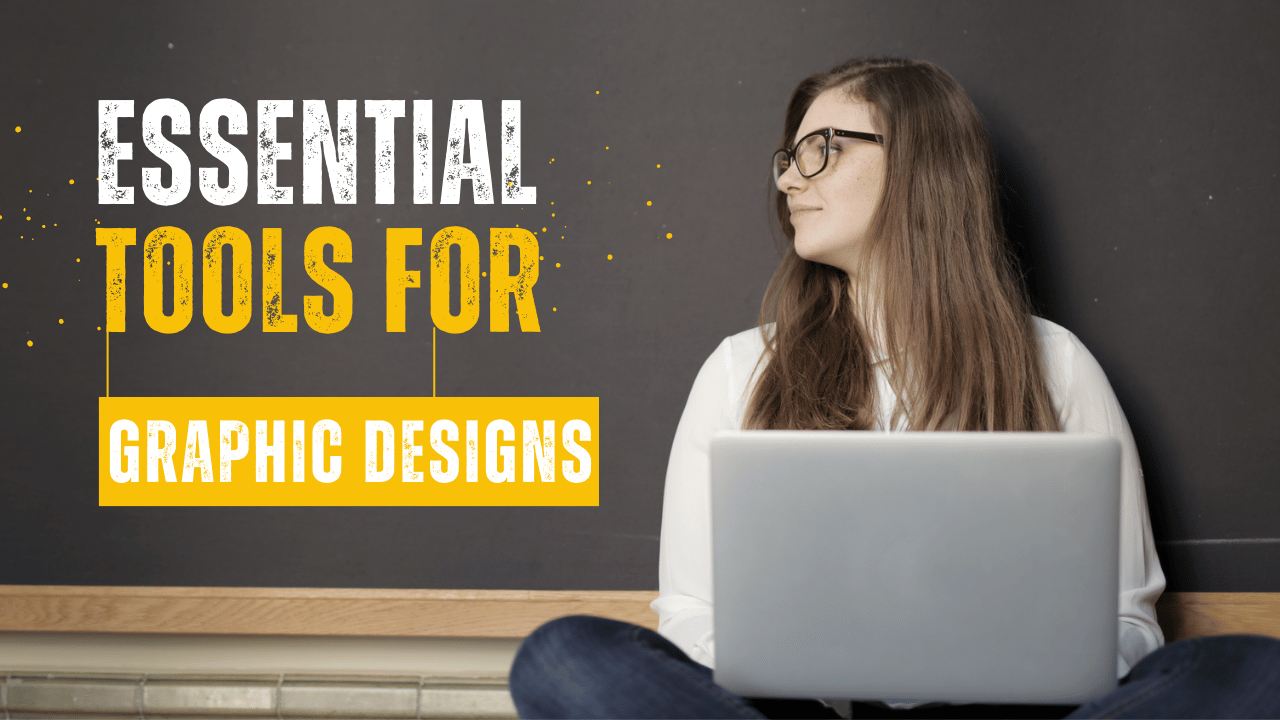Welcome to WordPress. This is your first post. Edit or delete it, then start writing!
Essential Graphic Design Tools Every Designer Should Use

In the dynamic and visually-driven world of graphic design, having the right tools can significantly impact your creativity, productivity, and the quality of your work. Whether you’re a seasoned professional or just starting out in the field, understanding which tools to use and how they can benefit your workflow is crucial. In this article, we’ll explore some of the essential graphic design tools that every designer should consider incorporating into their toolkit.
1. Adobe Creative Cloud Suite
Adobe Creative Cloud is arguably the most comprehensive suite of graphic design software available today. It includes industry-standard tools such as Adobe Photoshop for image editing and compositing, Adobe Illustrator for vector graphics creation, Adobe InDesign for layout design, and Adobe XD for UI/UX design prototyping. Each tool in the Creative Cloud suite offers powerful features and integrations that cater to different aspects of graphic design, making it a must-have for professionals.
2. Sketch
Sketch has become a favorite among UI/UX designers for its simplicity and focus on digital design. It is particularly well-suited for creating user interfaces, web designs, and mobile app prototypes. Sketch’s intuitive interface and robust plugin ecosystem allow designers to streamline their workflows and collaborate efficiently with developers and stakeholders.
3. Affinity Designer
Affinity Designer is a viable alternative to Adobe Illustrator, offering similar functionalities at a one-time purchase price. It boasts a user-friendly interface, advanced vector tools, and compatibility with various file formats. Affinity Designer is known for its speed and performance, making it a popular choice for illustrators and graphic designers looking for a budget-friendly yet powerful design tool.
4. Canva
Canva has revolutionized graphic design for non-designers and professionals alike with its easy-to-use interface and extensive library of templates. It allows users to create anything from social media graphics to presentations and marketing materials effortlessly. Canva’s drag-and-drop functionality and pre-designed layouts make it accessible for beginners while still offering enough customization options for experienced designers.
5. Procreate
Procreate is a digital painting app designed exclusively for iPad users. It is favored by illustrators and artists for its realistic brushes, intuitive gestures, and powerful layering capabilities. Procreate’s seamless integration with Apple Pencil makes it a versatile tool for creating digital illustrations, sketches, and paintings on the go.
6. Adobe Spark
Adobe Spark is a web-based platform that simplifies the creation of graphics, web pages, and short videos. It offers templates optimized for various social media platforms, allowing users to create engaging visual content quickly. Adobe Spark’s intuitive design tools and built-in collaboration features make it ideal for marketers, educators, and small businesses looking to create professional-looking graphics without extensive design experience.
7. Figma
Figma is a cloud-based design tool that excels in collaborative design projects. It enables multiple designers to work simultaneously on the same file, making it ideal for teams and remote work environments. Figma’s real-time collaboration features, robust prototyping capabilities, and cross-platform compatibility have made it a popular choice among UI/UX designers and design teams worldwide.
8. Adobe After Effects
Adobe After Effects is a powerful tool for motion graphics and visual effects. It allows designers to create dynamic animations, cinematic effects, and complex motion graphics sequences. Adobe After Effects integrates seamlessly with other Adobe Creative Cloud apps, enabling designers to enhance their static designs with engaging animations and effects.
9. Blender
Blender is a free and open-source 3D creation suite that includes tools for modeling, rigging, animation, simulation, rendering, compositing, and motion tracking. While primarily known for its 3D capabilities, Blender’s versatile tools can also be used for creating 2D animations and visual effects. It is widely used by artists, animators, and game developers for its extensive feature set and active community support.
10. Wacom Tablets
Wacom tablets are indispensable tools for digital artists and designers who prefer the precision and control of pen input over mouse or trackpad. Wacom offers a range of pen tablets and displays that simulate the feel of traditional drawing and painting techniques digitally. Wacom tablets enhance productivity and creativity by allowing designers to work more intuitively and fluidly, particularly in applications like Adobe Photoshop and Illustrator.
Conclusion
Choosing the right graphic design tools depends on your specific needs, preferences, and budget. Whether you’re creating digital illustrations, designing user interfaces, or editing photos and videos, investing in the right tools can significantly enhance your creative process and output. By exploring and mastering these essential graphic design tools, you’ll be better equipped to bring your ideas to life and stay ahead in the competitive world of graphic design.
Stay ahead in the digital age with our latest insights and strategies on digital marketing.
